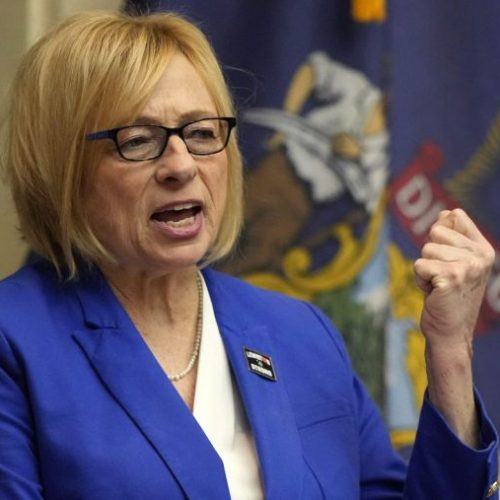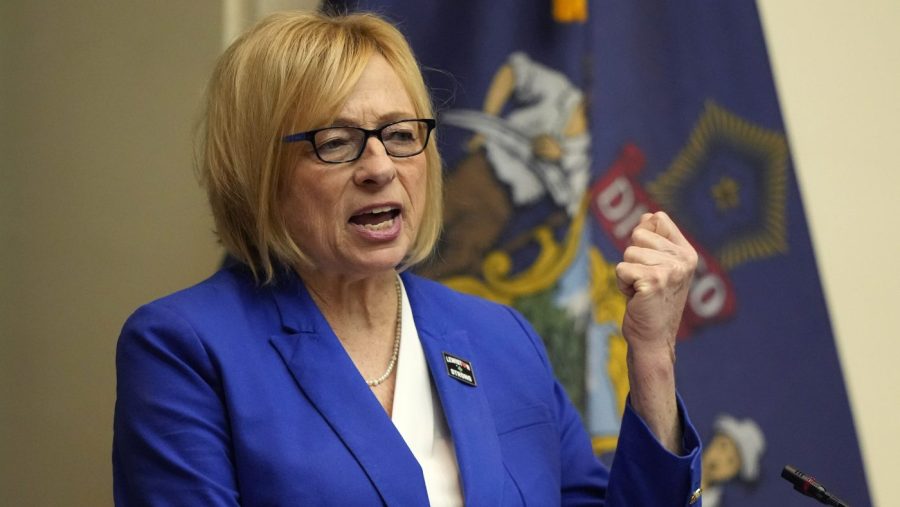Recent political developments have brought attention to a controversial “buyout offer” for federal employees proposed by the Trump administration. Here’s a comprehensive overview of the situation:
The Buyout Offer
The Trump administration has extended a “buyout offer” to nearly all federal employees, giving them until Thursday, February 6, 2025, to opt in. Key aspects of the offer include:
Employees who choose to resign will retain all pay and benefits until September 30, 2025, regardless of workload.
They will be exempt from in-person work requirements during this period.
The offer applies to all full-time federal employees, except for military personnel, Postal Service workers, and those in immigration enforcement or national security roles.
Concerns and Warnings
Several attorneys general and federal employee unions have raised concerns about the legitimacy and potential consequences of accepting this offer:
Legal Concerns:
Some Republican officials argue that the offer violates the Anti-Deficiency Act, which prevents the government from promising or spending money beyond what Congress has appropriated.
The current government funding bill expires on March 14, 2025, raising questions about the ability to guarantee pay through September.
Union Warnings:
The American Federation of Government Employees (AFGE) and National Federation of Federal Employees (NFFE) have warned their members against accepting the offer.
NFFE National President Randy Erwin stated that the offer “should not be taken seriously” and is not bound by existing law or policy.
Democratic Attorneys General Response:
A coalition of 12 Democratic attorneys general has issued warnings to federal employees about the “questionable” nature of the buyout offer.
They emphasize that those who choose to resign may not be guaranteed the promised benefits.
Potential Impact and Motivations
The administration’s motivations and the potential consequences of this offer are subjects of debate:
Workforce Reduction:
The White House expects 5% to 10% of federal employees to accept the offer, potentially resulting in hundreds of thousands of resignations.
Critics argue this could lead to a significant reduction in the federal workforce, potentially impacting government services and operations.
Cost Savings:
The administration projects that the buyouts could save taxpayers up to $100 billion annually.
Return-to-Office Push:
The offer is part of a broader effort to have federal employees return to physical offices five days a week.
Concerns About Brain Drain:
Some experts worry that the most talented federal employees with the best private-sector prospects might be more likely to accept the offer, potentially reducing government efficiency.
Background and Context
This buyout offer is part of a series of actions taken by the Trump administration regarding the federal workforce:
Previous Executive Orders:
The administration has issued executive orders aimed at reclassifying thousands of federal civil servants, potentially stripping them of legal protections against firing.
Shift Towards Patronage System:
Critics argue that these moves could lead to a return to a patronage system in federal employment, which federal law sought to eliminate over a century ago.
Ongoing Debates:
The offer has reignited discussions about remote work policies, government efficiency, and the role of career civil servants in federal agencies.
Conclusion
The Trump administration’s federal employee buyout offer has sparked significant debate and concern among various stakeholders. While proponents argue it could lead to cost savings and increased efficiency, critics warn of potential legal issues, workforce disruptions, and long-term impacts on government operations. As the February 6 deadline approaches, federal employees face a complex decision with potentially far-reaching consequences for both their careers and the broader functioning of the U.S. government.









